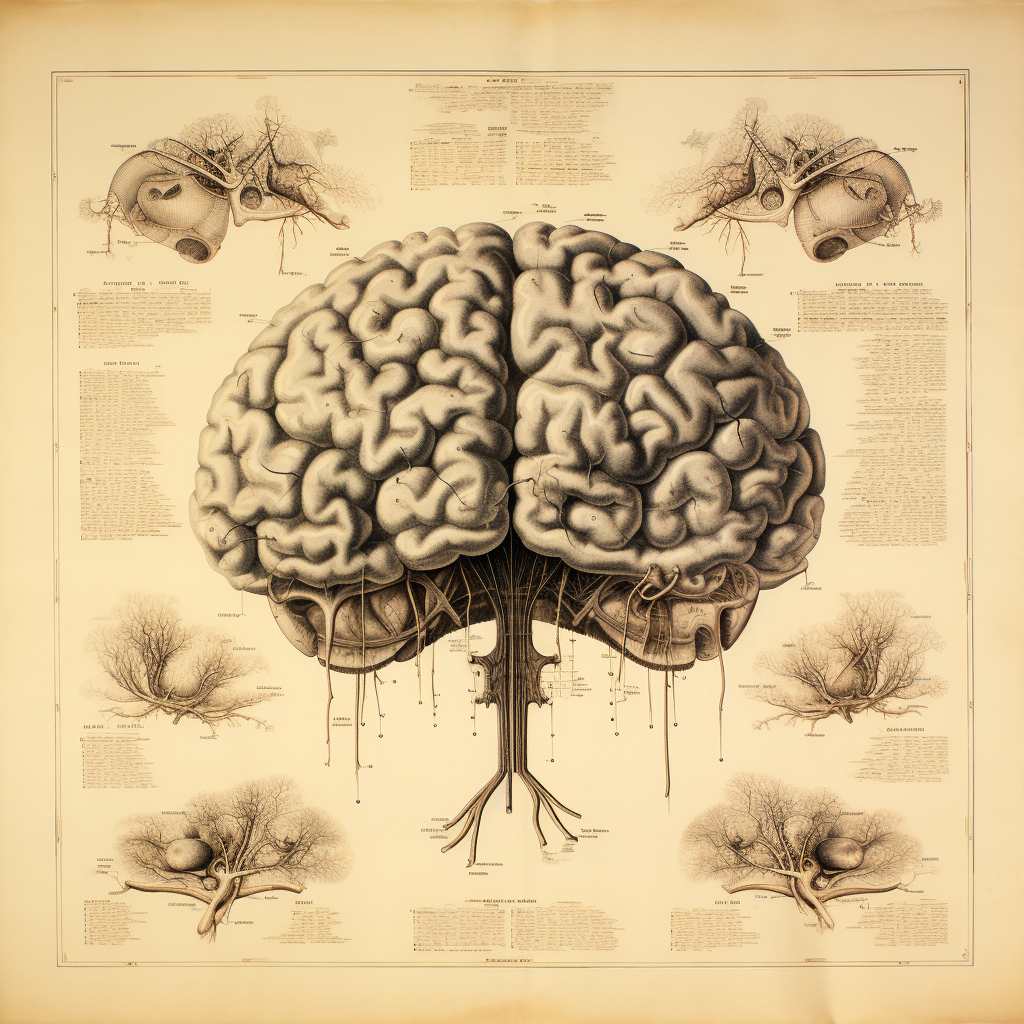Abyssal Nexus Virus
Deep in the murky depths of the Domes of the Shining Eyes, a mysterious and dormant virus known as the Abyssal Nexus Virus (ANV) lay in wait, exposed to the mutating void energy unique to the region. Over the years, this viral entity developed a symbiotic relationship with local algae and other microscopic organisms, creating a complex ecosystem in the abandoned location. The void energy acted as a catalyst for the virus, enabling it to mutate rapidly and adopt new survival mechanisms, and the ecosystem became a breeding ground for the Abyssal Nexus Virus, with the potential to affect any living organism that comes into contact with the infected waters.
The unique and ominous characteristic of the ANV is its ability to target the humanoid brain. When a person comes into contact with the infected waters, the virus enters the bloodstream and crosses the blood-brain barrier. Once in the brain, it integrates with neural tissue, affecting cognitive functions and behavior. The infected individuals may experience hallucinations, altered perceptions, and, in extreme cases, a heightened level of aggression.
Diagnosis: Symptomatology, including altered behavior and neurological abnormalities, forms the cornerstone of diagnostic assessments, relying on meticulous clinical observation and physical examinations. Basic blood tests are employed to identify potential abnormalities involving the use of fundamental techniques, such as microscopic examination and basic chemical analyses, to detect ANV in the bloodstream.
Pathology: Following exposure to infected waters, the virus enters the bloodstream and subsequently breaches the blood-brain barrier, targeting neural tissue. Once within the brain, the ANV exhibits an ability to integrate with neural structures, inducing a spectrum of symptoms ranging from cognitive impairments to pronounced alterations in behavior. Histopathological examinations reveal distinct patterns of neural tissue involvement, with the virus demonstrating an affinity for specific regions. Further complicating the pathological picture, the mutating void energy in the infected oceanic environment fosters rapid adaptations, contributing to the variability in clinical presentations.
Epidemiology: Human exposure occurs through contact with contaminated waters, facilitating the entry of the virus into the bloodstream. The geographical distribution of ANV is closely linked to the submerged Domes of the Shining Eyes where the virus has established a reservoir. Reports indicate a localized prevalence, with clusters of cases emerging in close proximity to these unique environmental niches, but following the emergence of patient zero, contact tracing has played a pivotal role in identifying and monitoring individuals at risk, with a particular emphasis on those engaged in maritime activities or residing in coastal communities.
Etiology: ANV is a unique pathogen that has evolved symbiotically with local marine microorganisms, particularly algae, creating a complex ecosystem in the infected waters. The virus demonstrates an ability to adapt and mutate rapidly, a phenomenon attributed to its prolonged exposure to the mutating void energy. The specific makeup of ANV, shaped by this environmental interplay, contributes to its capacity to target neural tissues upon human exposure. The etiological factors of ANV highlight the convergence of environmental conditions, viral adaptation, and the intricate interplay between the virus and the diverse microbial community within the infected oceanic ecosystem. Further exploration of these factors is essential for a comprehensive understanding of ANV's etiological underpinnings and the development of targeted interventions. As of now, there is no known viable cure.
Thanatology: Post-mortem care for individuals affected by the Abyssal Nexus Virus (ANV) demands meticulous attention to prevent further contagion. Given the virus's neurotropic nature and potential for cognitive and behavioral alterations, special precautions must be taken during the handling and disposal of remains. In cases where ANV is suspected or confirmed, healthcare professionals conducting post-mortem examinations should adhere to stringent infection control measures. The use of personal protective equipment, including gloves, masks, and gowns, is imperative to minimize the risk of transmission. Autopsies should be performed in designated facilities equipped with appropriate containment measures. Disposal of remains should follow established protocols for infectious diseases, ensuring containment and preventing environmental contamination. Additionally, thorough decontamination procedures for equipment and the surrounding environment are essential to mitigate the risk of further spread.
Type
Viral
Origin
Mutated
Cycle
Chronic, Acquired & Congenital
Rarity
Extremely Rare
Affected Species





Comments